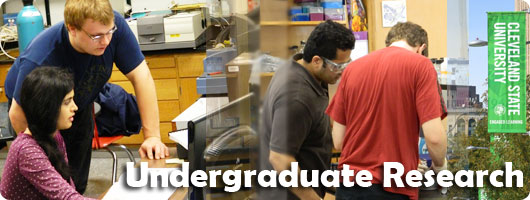Files
Download Full Text (128 KB)
Description
To most Clevelanders, the west bank of the Flats brings to mind the bustle of busy nightclubs or the rusting facades of Cleveland’s now fading steel industry. Few people would generally associate this area with archaeology, let alone remember that during the nineteenth century this area was home to one of Cleveland’s earliest and most influential ethnic communities. Known as Irishtown Bend, many Irish immigrants made their way to this close-knit, working class neighborhood of small ramshackle houses crammed closely together along the narrow bluffs of the Cuyahoga River. Most of the arriving Irish immigrants who came to Cleveland beginning in the 1820’s and 1830’s sought jobs working as laborers either on the construction of the Ohio and Erie Canal or on the city’s docks as the shipping industry began to rise. Irishtown Bend thrived throughout the nineteenth century. The types and qualities of artifacts analyzed from Irishtown Bend can be used to offer a wealth of detailed information on the social, economic, and political life of one of Cleveland’s earliest ethnic communities. Thus this project has shown how archaeology can be used as a critical tool to help inform and help shape our ideas about Cleveland’s urban “melting pot.”
Publication Date
9-5-2013
Disciplines
Anthropology | Archaeological Anthropology | Social and Behavioral Sciences
Recommended Citation
Haugh, Taliesin; Horn, Geoffrey; Mathur, Arvin; and Wanyerka, Phillip, "History and Archaeology at Irishtown Bend:
Life in a Nineteenth Century Cleveland Irish Community" (2013). Undergraduate Research Posters 2013. 18.
https://engagedscholarship.csuohio.edu/u_poster_2013/18




Comments
Student Researchers: Taliesin Haugh; Geoffrey Horn; Arvin Mathur
Faculty Advisor: Phillip Wanyerka, Ph.D.